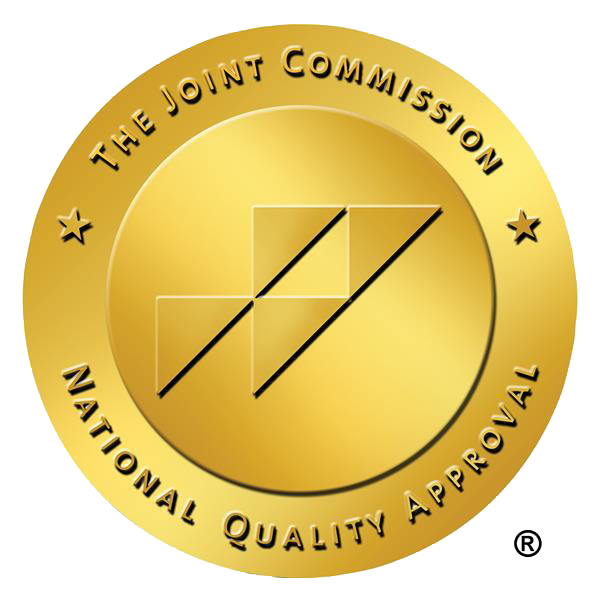Understanding Seasonal Affective Disorder (SAD):
Seasonal Affective Disorder, a subtype of major depression, manifests as episodes of depression that recur at a particular time of year, typically during the colder months. The most common form is winter SAD, where individuals experience depressive symptoms during autumn or early winter, with symptoms subsiding or converting to hypomania by the following spring.1 Symptoms can range from feelings of sadness, hopelessness, and a lack of energy, to changes in sleeping patterns, appetite alterations, difficulty concentrating, and a loss of interest in previously enjoyed activities.
Recognizing SAD in Yourself and Others:
Identifying SAD is crucial in addressing it effectively. Key signs include a noticeable shift in mood and behavior that aligns with seasonal changes, particularly as days shorten. Unlike typical mood fluctuations, SAD can significantly impair one’s ability to function daily. It’s essential to differentiate SAD from other forms of depression or mood disorders, as its seasonal nature is a defining characteristic.
Patients’ Perspectives on SAD and its Effects:
Individual experiences with SAD vary significantly. Some individuals with SAD may enjoy symptom-free summers, while others dread the approaching winter, anticipating the return of depressive symptoms. This fear can cast a shadow over their summer months, affecting their overall well-being even when they are not experiencing depressive symptoms. 2
Preventive Measures and Lifestyle Changes:
Preventing SAD involves proactive measures and lifestyle adjustments. Staying active, especially outdoors, maintaining a regular sleep schedule, and engaging in a strong social support network are crucial. The effectiveness of these preventive measures can be influenced by factors such as individual knowledge about the disorder, previous treatment experiences, personal willingness to manage one’s health, and the supportiveness of one’s social and work environments. 3
Treatment Options for SAD:
Bright Light Therapy (BLT) has been a cornerstone in treating SAD for over three decades. A comprehensive meta-analysis of randomized controlled trials indicates that BLT is significantly more effective than placebo treatments in reducing depression scores in SAD patients. 4 Other treatment options include the use of second-generation antidepressants, cognitive behavioral therapy, and lifestyle modifications tailored to the individual’s needs.







